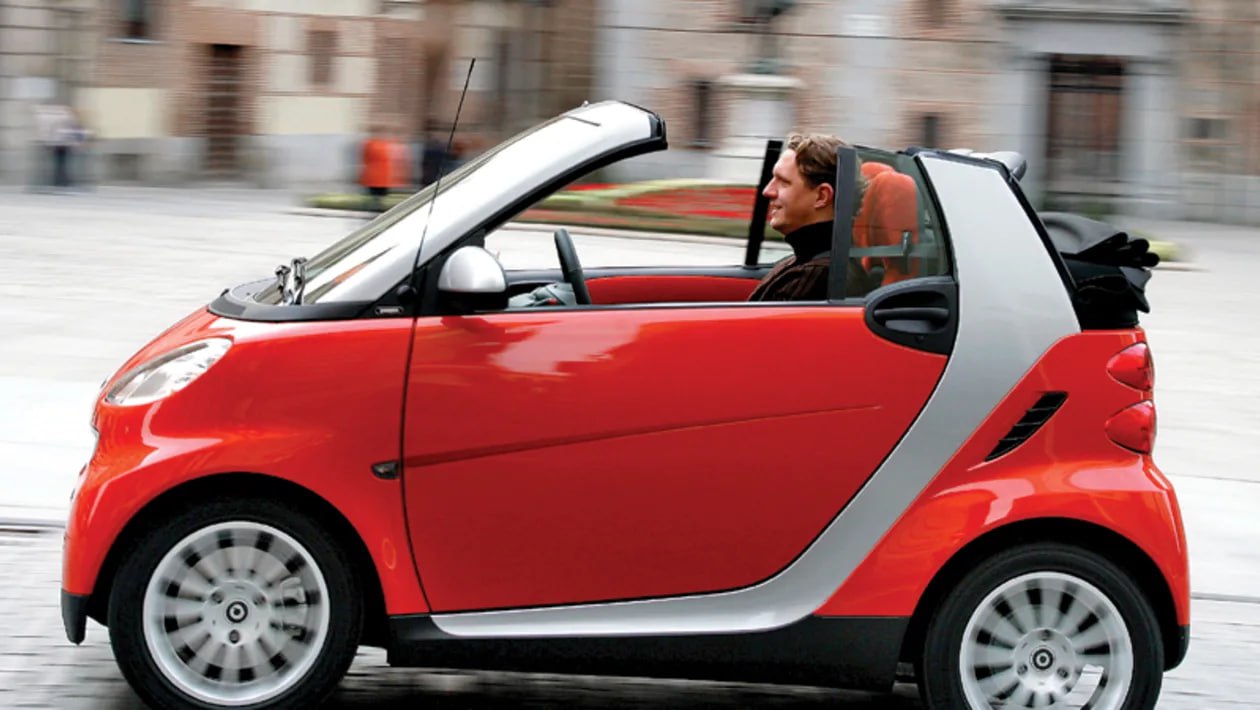

The Kona is completely redesigned for the 2024 model year and features a more modern appearance.

The boxy 2024 Hyundai Kona looks more rugged than it is, as this subcompact soft-roader is made for the urban jungle—not muddy two-tracks. Like the previous generation, the new Kona is powered by one of two gas-fed four-cylinder engines. A 147-hp 2.0-liter is standard, but a more powerful 190-hp turbocharged 1.6-liter is optional. An all-electric Kona is also offered, but we review that model separately. The more futuristic styling of the Kona extends to the interior, which is designed around two 12.3-inch displays on the dashboard. The 2024 Kona is more spacious than the last-generation model too, thanks in large part to a longer wheelbase and slimmer front seat backs that free up more space for rear-seat riders. We like the updated Kona so much.
Pricing and Which One to Buy
The price of the 2024 Hyundai Kona starts at $25,625 and goes up to $33,175 depending on the trim and options.
Since the SE and SEL models come with the base powertrain, we'd pay more to upgrade to the N Line since it is powered by the turbo four. In addition to the upgraded engine, the N Line also features all of the features included in the SEL's optional Convenience package, which includes a 12.3-inch infotainment display, a separate 12.3-inch digital gauge display, heated front seats, a wireless smartphone charging pad, on-board Wi-Fi, adaptive cruise control with a lane-centering feature, and more.
Engine, Transmission, and Performance
Both four-cylinder engines from the previous-generation Kona carry over to the 2024 model. The entry-level offering will be a 147-hp 2.0-liter; a turbocharged 190-hp 1.6-liter engine with an eight-speed automatic transmission is optional. In its last generation, a Kona we tested with the 2.0-liter engine recorded a fairly languid 9.2-second 60-mph time. We think the new Kona will offer slightly better performance with the base engine but with the optional turbo, it proved slightly slower at our test track, hitting 60 mph in 7.5 seconds versus 7.3 for the previous-generation model. The difference is likely due to the switch to an eight-speed automatic rather than the previous generation's seven-speed dual-clutch automatic. Handling remains fairly sprightly despite the Kona's growth spurt, but the larger second-generation model has lost a little bit of its on-road charm.
Fuel Economy and Real-World MPG
The EPA has given the 2024 Kona fuel economy ratings as high as 29 mpg city and 34 mpg highway, but add all-wheel drive and the more powerful turbo engine and those numbers drop to 24 mpg city and 29 mpg highway. On our 75-mph highway fuel economy route, the turbocharged Kona N-Line delivered 31 mpg. For more information about the Kona's fuel economy, visit the EPA's website.
Interior, Comfort, and Cargo
The 2024 Kona boasts a more spacious interior than the previous-generation model. That's thanks to a stretched wheelbase and a longer overall body length. Hyundai says it also adopts a slimmer front seat-back design that adds a little extra legroom for rear-seat passengers. The interior design is straightforward but futuristic, and the Kona features rich-looking ambient lighting, a column-mounted shifter, and available leather upholstery.
Infotainment and Connectivity
Dual 12.3-inch displays dominate the dashboard and are sandwiched behind one continuous piece of glass. The first of the two is a reconfigurable gauge display, while the second is a large touchscreen for the infotainment system. We expect to see an updated version of Hyundai's user interface here and are hoping to see wireless Apple CarPlay and Android Auto on the menu too.
Safety and Driver-Assistance Features
All Kona models come with a suite of driver-assistance features. Some of those—such as automated emergency braking and blind-spot monitoring—are fairly common, but the Kona can also be equipped with a driver-monitoring system and a self-parking feature. For more information about the Kona's crash test results, visit the National Highway Traffic Safety Administration (NHTSA) and Insurance Institute for Highway Safety (IIHS) websites. Key safety features include:
Standard automated emergency braking
Standard lane-departure warning with lane-keeping assist
Available adaptive cruise control
Warranty and Maintenance Coverage
By now, Hyundai's 10-year powertrain warranty is well known in the automotive industry as being one of the most generous policies available, and the Kona receives the same coverage as the rest of the lineup. The company also now offers complimentary scheduled maintenance that bests mainstream rivals such as Toyota.





